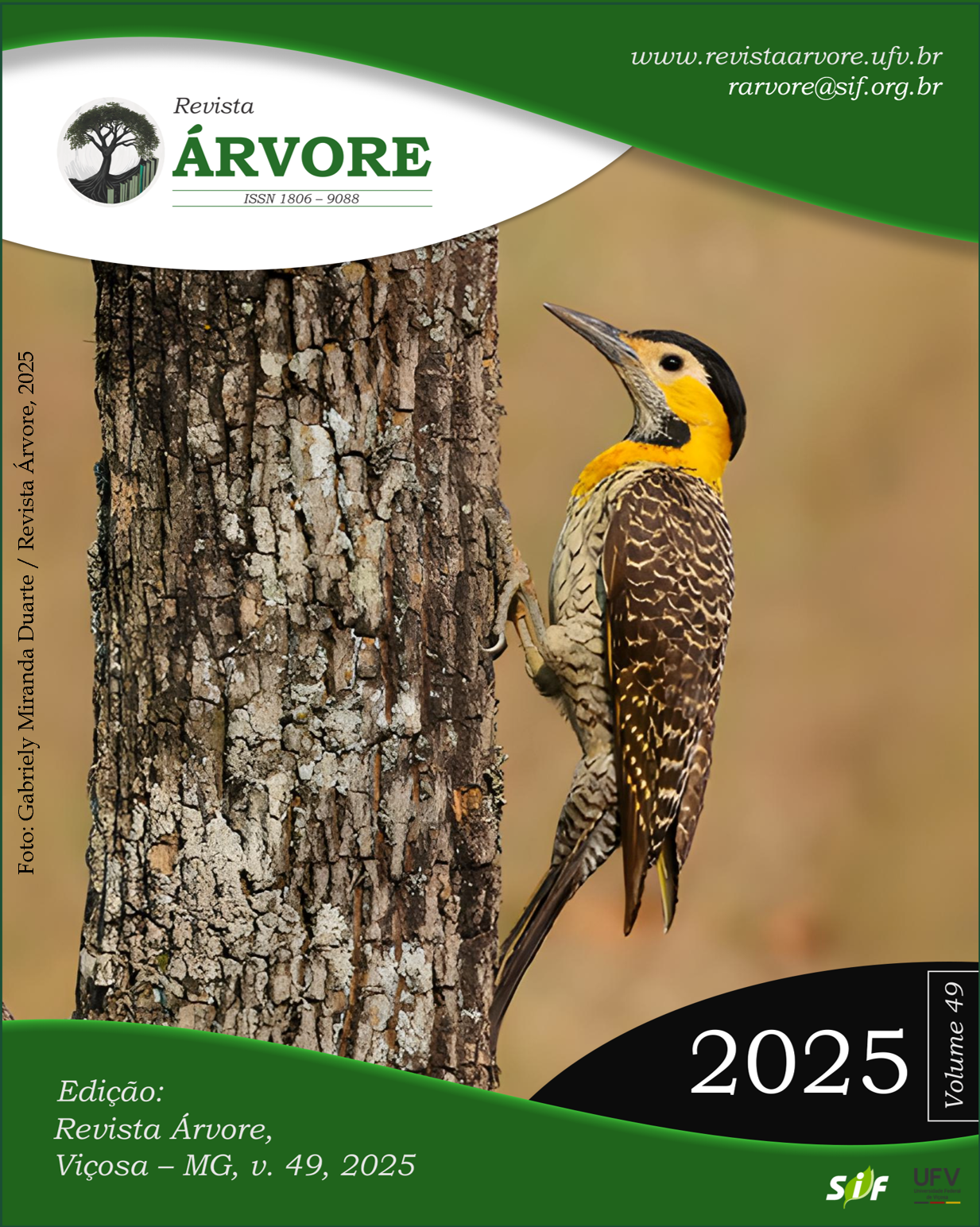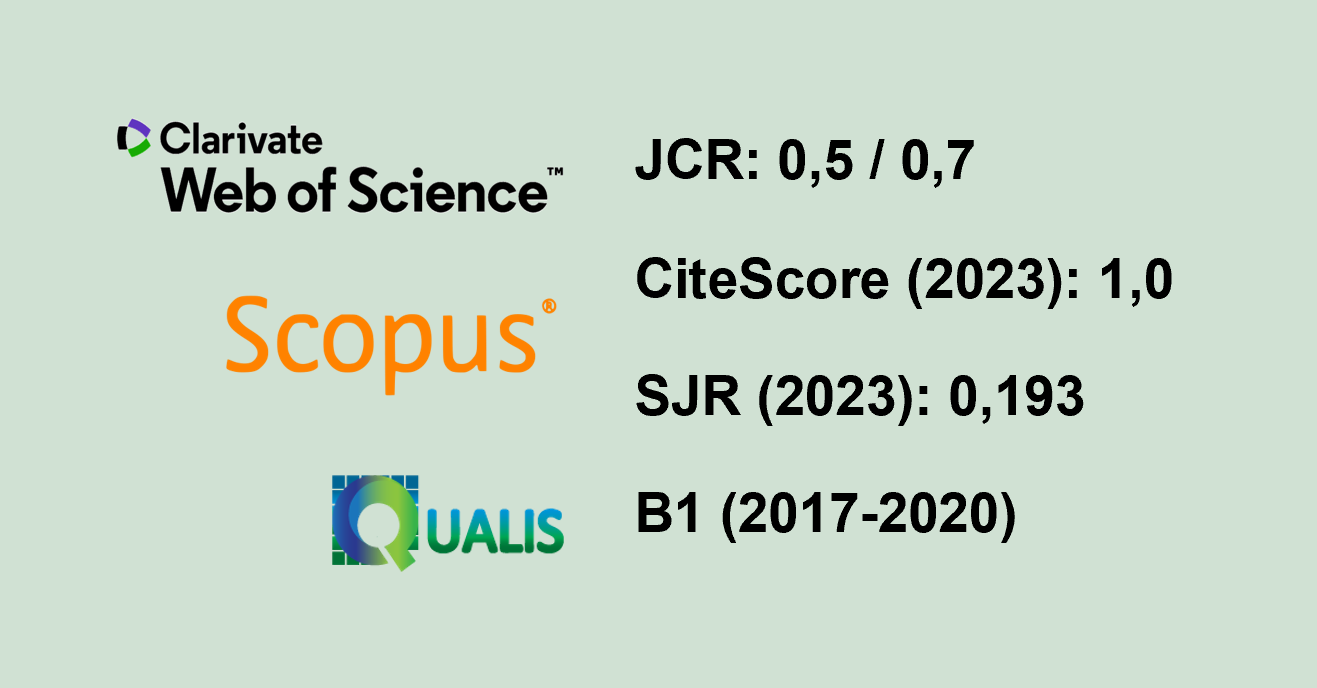Modeling as a tool for predicting the productive capacity of wood harvesting
Approach of Feller-Buncher and Harvester
DOI:
https://doi.org/10.53661/1806-9088202549263941Keywords:
Forestry operations, Wood harvesting, Operational income, Productivity of forestry machinesAbstract
Carrying out an assertive planning in logistics and forest harvesting is essential to reduce the operational costs, as well as guaranteeing a constant supply of wood for the manufacturing unit, without compromising the integrity of the fleet of machinery in the field. This study addressed the analysis of the productive capacity of two important wood harvesting machines, the Feller-Buncher, and the Harvester, with an objective to propose a technical modeling to optimize the logistics associated with these machines. Eight machines were analyzed in planted forests with different productivity (0.08 to 0.58 m³/tree). Machinery productivity was also evaluated for each forest condition. Regression analysis, means tests, and statistical inferences were carried out to present the results. The relationship between machinery productivity and forest productivity obtained through regression analysis was explained with up to 97% accuracy. The productivity curves indicated stabilization with the increase of the mean individual volume per tree (MIV). The forest being harvesting machines evaluated showed a reduction in cost per cubic meter harvested, as forest productivity increased. The productive capacity of the harvester dedicated exclusively to processing, although superior, presents a disadvantage in practical terms, mainly due to the requirement for a new machine in the felling process, therefore increasing the production cost.
Keywords: Forestry operations; Wood harvesting; Operational income; Productivity of forestry machines
Downloads
Published
How to Cite
Issue
Section
License
Copyright (c) 2025 Revista Árvore

This work is licensed under a Creative Commons Attribution 4.0 International License.
All authors agreed to submit the work to Revista Árvore and granted the exclusive license to publish the article. The authors affirm that it is an original work and has not been previously published elsewhere. The scientific content and opinions expressed in the article are the sole responsibility of the authors and reflect their opinions, not necessarily representing the opinions of the editorial board of Revista Árvore or of the Society of Forest Investigations (SIF).








